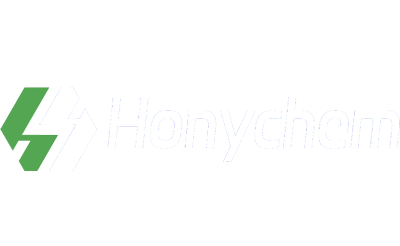In recent months, the global rubber industry has experienced a significant surge in both demand and innovation, driving growth and pushing the boundaries of this versatile material. From advancements in sustainable rubber production to increased applications across various industries, the sector is undergoing a transformation.
One of the key factors contributing to the rising demand for rubber is the automotive industry’s push towards electric vehicles (EVs). As countries worldwide prioritize the transition to sustainable transportation, EV sales have skyrocketed, creating a surge in demand for rubber components used in tires, seals, and gaskets. This trend has prompted rubber manufacturers to ramp up production and invest in research and development to meet the increasing market needs.
Moreover, sustainability has become a focal point for the rubber industry. Several major players have made significant strides in developing eco-friendly rubber production methods. Researchers have been exploring alternative sources of rubber, such as guayule and dandelion, which can be cultivated sustainably and reduce reliance on traditional rubber tree plantations. These breakthroughs have the potential to revolutionize the industry by offering a more environmentally friendly and resilient supply chain.
In addition to sustainable sourcing, innovation in rubber manufacturing processes has gained traction. Cutting-edge technologies, such as 3D printing and advanced composite materials, are being employed to enhance the performance and durability of rubber products. These advancements enable the production of customized rubber components with improved strength, flexibility, and resistance to wear and tear.
The rubber industry’s growth has also been propelled by its expanding applications in sectors beyond automotive. With the increasing adoption of automation and robotics, rubber is being utilized in the development of advanced gripping and handling systems. Additionally, the healthcare industry has witnessed the use of rubber in medical devices, prosthetics, and wearable technology, further diversifying the demand for rubber-based products.
However, the industry also faces challenges. Rising raw material costs, particularly for natural rubber, have put pressure on manufacturers to find cost-effective alternatives without compromising on quality. Additionally, geopolitical factors and supply chain disruptions have impacted the availability and pricing of rubber, necessitating strategic partnerships and risk management measures.
Looking ahead, the rubber industry is poised for continuous growth and innovation. With a focus on sustainability, research and development efforts are expected to yield more breakthroughs in eco-friendly rubber production and applications. As the demand for rubber continues to evolve, collaboration between stakeholders, investment in technology, and a commitment to sustainability will be crucial for the industry’s success in the years to come.


